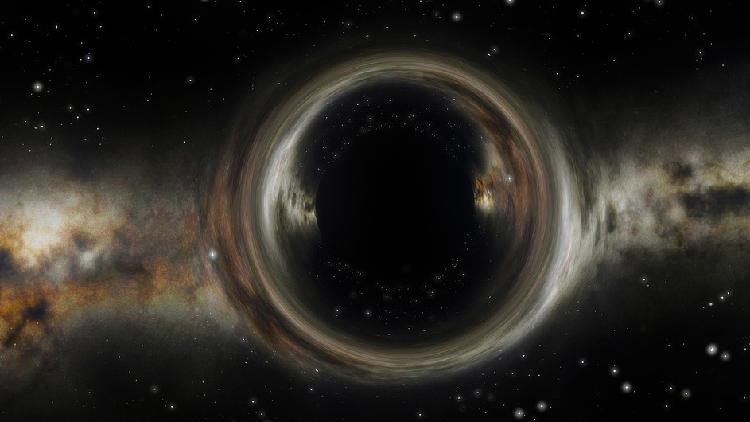Chinese researchers discover evidence for intermediate-mass black holes
Chinese researchers have discovered evidence supporting the existence of intermediate-mass black holes.

This discovery was spearheaded by researchers from the National Astronomical Observatories of the Chinese Academy of Sciences, in collaboration with various institutions, and it was featured as a cover story in the National Science Review journal.
Intermediate-mass black holes, or IMBHs, are defined as black holes with masses that fall between those of stellar-mass black holes—formed from the collapse of large stars—and supermassive black holes, which are typically located at the centers of large galaxies. "IMBHs are often considered a crucial missing link in our understanding of the evolution of seed black holes into supermassive black holes," commented Huang Yang, an associate professor at NAOC and the University of the Chinese Academy of Sciences who co-led the study.
Despite their significance, only a handful of contentious candidates for IMBHs have been identified, leaving their existence a lingering uncertainty in astrophysics.
The study reveals that the high-velocity runaway star, designated J0731+3717, was expelled from M15 roughly 20 million years ago, traveling at an astonishing speed of nearly 550 kilometers per second.
An analysis of data obtained from the European Space Agency's Gaia spacecraft, as well as China's Large Sky Area Multi-Object Fiber Spectroscopic Telescope and other comprehensive spectroscopic surveys, indicated that this star shares a nearly identical chemical composition and age to M15, as noted by Liu Jifeng, director of NAOC and co-lead author of the research.
Previous observations suggested that an IMBH with a mass between 1,700 and 3,200 solar masses might exist at the center of M15. However, uncertainties arose since the observed gravitational signals could also originate from tightly packed clusters of neutron stars.
The extraordinary velocity of J0731+3717 settles this debate. "Such a high-speed ejection requires a tight binary star to pass within one astronomical unit of an IMBH," explained Huang. "The black hole's tidal forces would rip the binary apart, capturing one star and hurling the other outward."
This process, termed the Hills mechanism, concentrates thousands of solar masses within a region no wider than a few astronomical units, effectively ruling out alternative explanations, such as the existence of clusters of compact stars.
"With the continuous accumulation of data from Gaia and large-scale spectroscopic surveys, such as those of LAMOST, we expect to discover several more stars like J0731+3717 in the near future, which will greatly advance our understanding of the elusive IMBHs," stated Zhang Huawei, director of the Department of Astronomy at Peking University's School of Physics and co-lead author of the study.
James del Carmen for TROIB News
Discover more Science and Technology news updates in TROIB Sci-Tech












